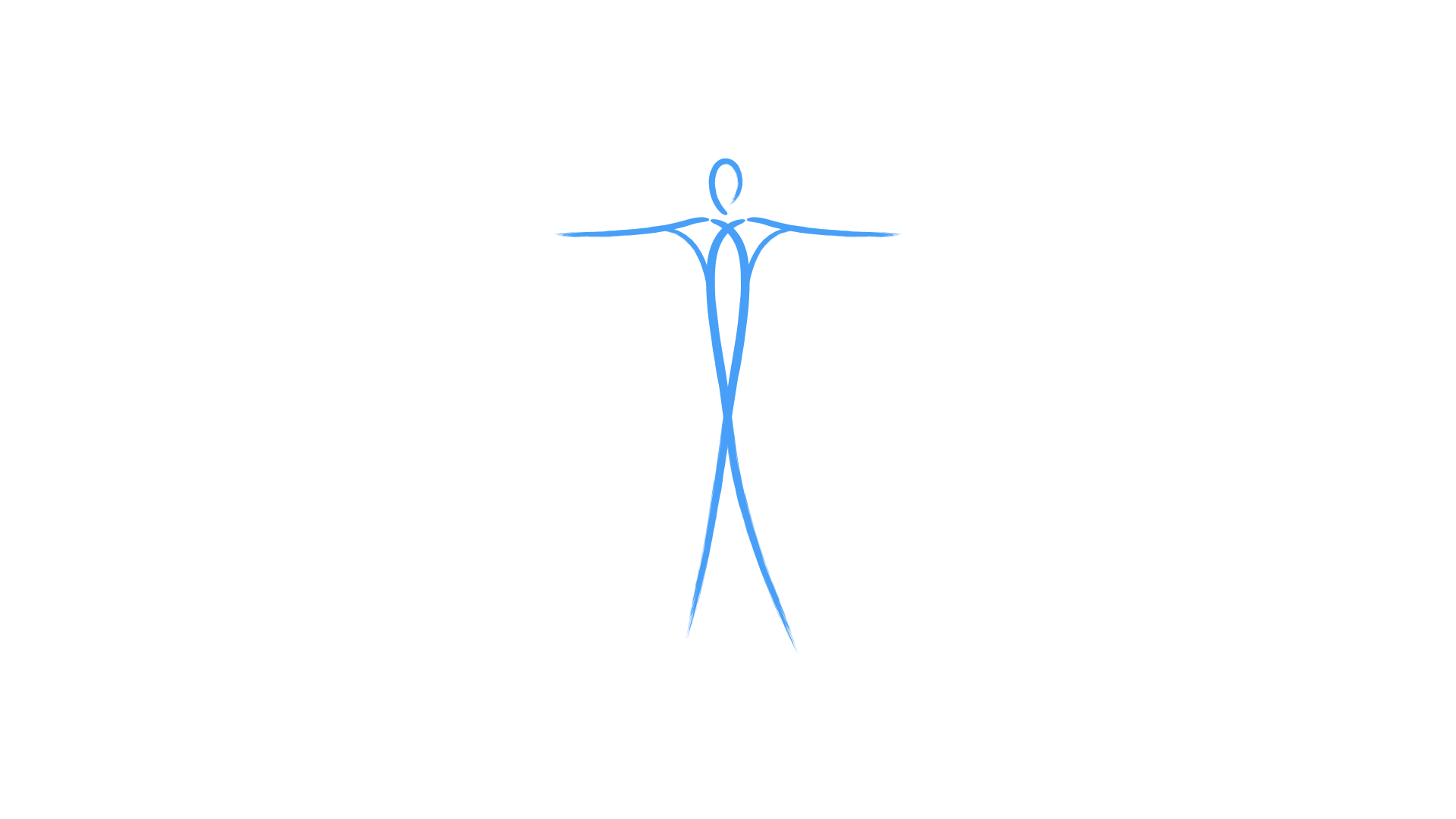Squatting: forget using your legs! Use your entire body instead.
If your job requires you to bend over and lift objects from the floor, you were probably warned before: “Don’t use your back! Use your legs!”. If you’ve been following this advice...well, you’re wrong! Sort of...Of course you have to use your legs but you should also use your back. Back, despite of frequent misinformation in the popular media, is a very strong, robust, and durable part of the body and trying not to use it when squatting and lifting weights will overload your knees and hips, and probably do you more harm than good. So let’s look at the proper mechanics of getting down to the floor (squatting) to reach for an object.
Find the explanation for each stage of the squat in the text below.
Begin standing (1), roll gently back towards the heels (2) but don’t let your upper back lean backwards (X). Shifting the weight back towards the heels energizes the entire back body, giving it more length.
Before you start losing balance, send your hips back (as if someone poked you in the crease of the hips) (3). At the same time allow the knees to bend as a response to sending the hips back.
While performing this movement, do not drop your head down as it will encourage forward curving (hunching) of the spine. You want to keep the length of the entire back intact from the top of the head to the sacrum during this action. This will ensure a proper postural tone in your back.
If you were to stop anywhere along the way, you would get to the position very often used in Alexander Technique, called “Monkey” or “Jockey”, depending on who your teacher is (4). By continuing to send the hips back, knees forward, and maintaining elongated spine, you are making your way down to the floor in a graceful, balanced fashion. If someone were to put a chair behind you, you would have just found an alternative way (very efficient and balanced one) to sit down. Try it next time!
As you go down in this fashion, eventually you will find yourself in the full squat with a target in front of you (target being whatever you were going to lift off the floor) (5). The important point here is that the entire process of squatting (moving through “Monkey”) should not involve bracing your muscles or “tightening your core” or any other unnecessarily engineered effort. Simply by repositioning body parts (by opposing actions of bending hips and knees), and maintaining length and width in the torso, the movement will be smooth, fluid, and using only the amount of effort it requires.
If you are picking up a box or something else off the floor, your way up will require more muscular effort to account for the extra weight being lifted. It should, however, follow the same path as squatting but in opposite direction.







